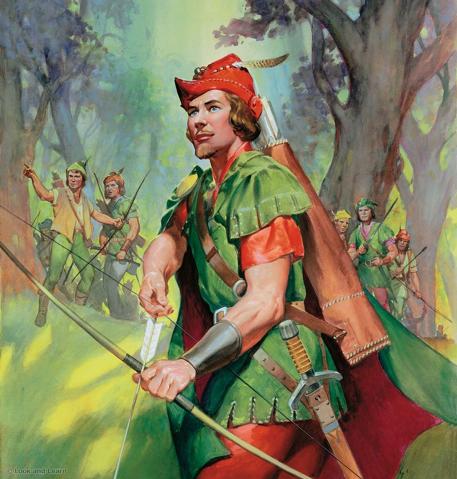The tradition of decorating for wintertime with evergreens (that sometimes have red berries) can be found in many northern European and North American cultures. It is common in places where it gets cold and dark as we approach winter solstice, and where there are evergreen forests. It is a symbol of hope and faith that spring will come. Evergreens are a symbol of that part of life that survives and births new life, as is the circle shape of the wreath – the cycle of the year, the seasons, forever turning.
I recently read a Native American story from the Northwest about evergreens and why they are thought to be a sign a faith. The story tells of how when the Sky Chief decided to bring on the first winter – all the animals and plants went to sleep. But not the evergreens. They stayed up and kept waiting for the sun to return, and warmth to come back to the world. The waited and waited and waited, despite the cold. So when the sun did finally come back, it decided to reward the evergreens with the ability to keep their leaves and berries in the winter as a sign of their faith and courage.
The same kind of story is told in northern European traditions (English, French, German, Scandinavian), where the tradition of decorating with red and green evergreens at solstice time to celebrate faith and the return of the light goes back as far as we have recorded history. One of the first written stories we have from England, written in Middle English, is the story of Sir Gawain and the Green Knight. It was recorded by a poet we only know now as the Pearl Poet in the 14th century. In that Arthurian legend, a giant green knight with shining red eyes comes to disrupt the Christmas feast at Camelot. He offers a game, which turns out to be something more like a test for the one brave enough to accept, Sir Gawain. It is a Christian story of a knight’s virtue and courage being tested. In this story, our knight represent nature and the seasons, the green and red are the colors that represent what never fades, the evergreen part of the forest that lives even in cold and adversity. He is old man forest, old man time, the green man. The symbol for the forest, our green knight, tests humans, humbles them, and brings balance. He cuts through Gawain’s vanity and shows him his own flaws. The story of Sir Gawain and the Green Knight is a fun adventure story, suitable for older kids to adults. It suggests that virtue (keeping our promises, being true to our world), love and courage are what carry us through the dark, cold days the we come upon in life. In the end, the Green Knight is revealed to be a friend, who tests Gawain, and is pleased with his strength. The evergreens are a sign of both the testing nature brings in winter, and the strength of hope, love and goodness to overcome. And yes, the green knight is a pagan figure, drawn into a Christian worldview in the Christian Arthurian legend. This is a story that has the two heroes from two different cultures making peace, with the older tradition, the pagan, the Green Man, testing and accepting the newer, the Christian. So this is what poets were up to in around 1300 AD in England.
We see a younger (and historically later) version of the green man in Robin Hood. Robin Hood stories usually are about a summer character, not the old man of the cold forest, but the youth of May, but he also wears red and green, or brown and green. Robin is also a symbol of what never dies, of hope and rebirth. He is a symbols of nature’s ability to right human imbalances, human vanity and injustice. In Robin’s case, he does it by making fun and light as he rights the wrongs.


